Lisianthus Care - Learn How to Grow Dazzling Eustoma Flowers
Lisianthus is one of the most common garden plants. Although it doesn't grow tall, it has impressive, bell-shaped flowers. It's not difficult to cultivate, but requires a sunny location and moderately moist soil. Are you wondering what else you should know about this plant? Check how to achieve the best results.
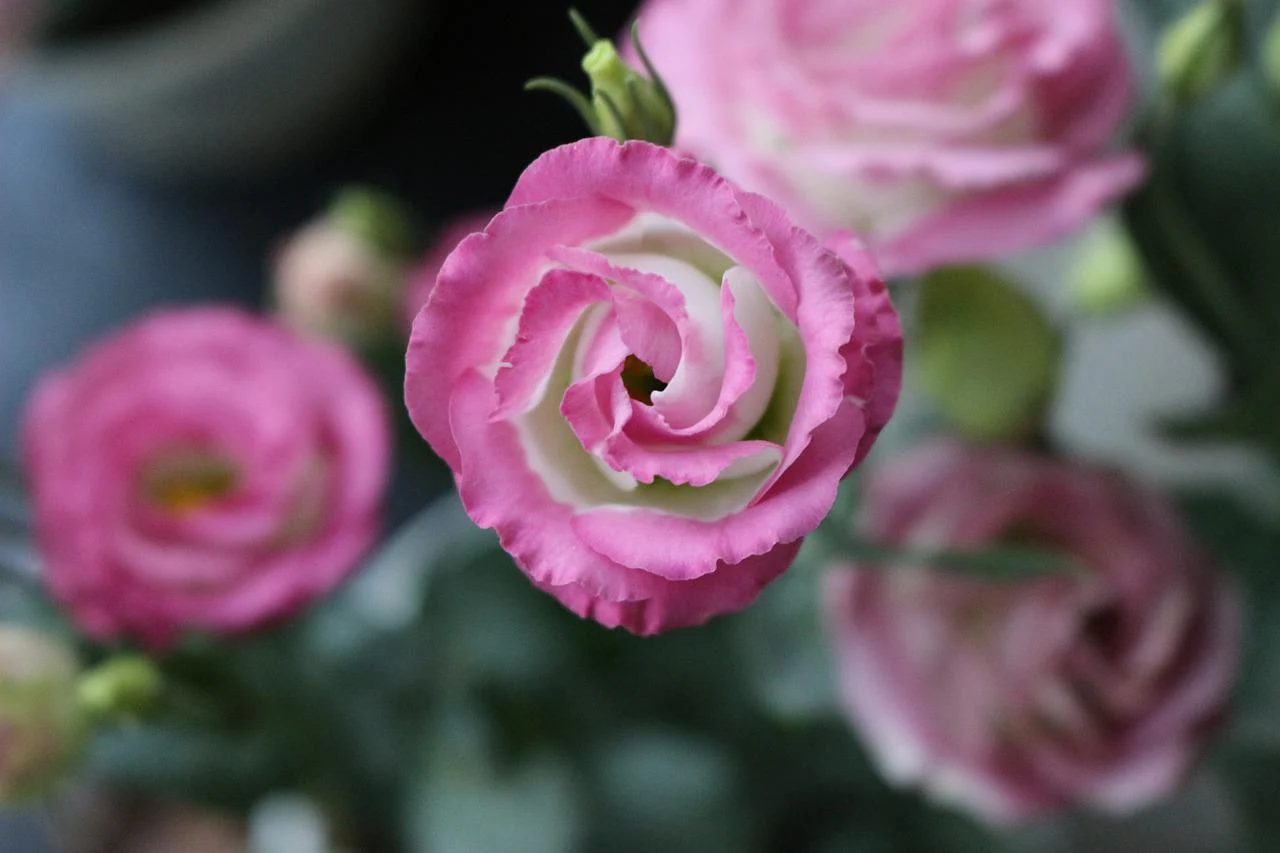
Lisianthus – what kind of plant is it, and where does it come from?
Lisianthus, also known as Texas bluebell (Eustoma grandiflorum) is an annual plant native to Northern America and Mexico. In the southern regions it’s often called prairie gentian.
Lisianthus is not a tall plant. Typically, it grows up to 50-60 cm (19-23 in) tall. What distinguishes it from other plants grown in home gardens are its flowers. They are bell-shaped and reach up to 15 cm (5.91 in) in length. They look very majestic.
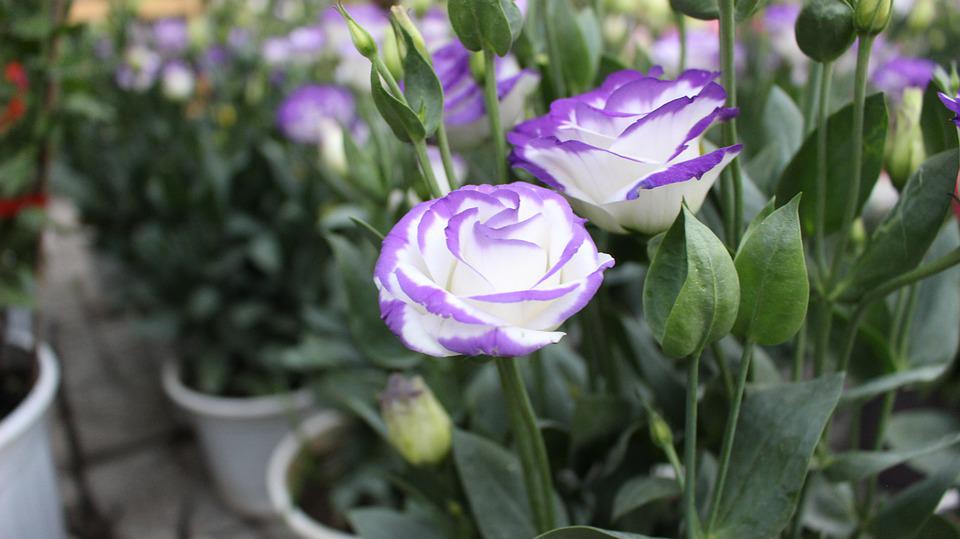
What are the best conditions for lisianthus plants?
When growing lisianthus, you first need to pick proper soil in which it can grow. Fertile soil with some clay content, but still permeable, is ideal for plants like eustoma.
Lisianthus is a flower which loves bright locations. Make sure the spot where it grows is not obscured by any ornamental garden shrubs. Alternatively, you can plant it in half-shade.
Lisianthus requires regular watering and feeding. Thanks to this, you can achieve beautiful blooming results, plus the plant is less vulnerable to various diseases.
How to replant lisianthus? Prairie gentian doesn’t require replanting, as it’s an annual. It means it blooms only once. After that, the plant has to be removed from the garden or the house, depending on the form of cultivation.
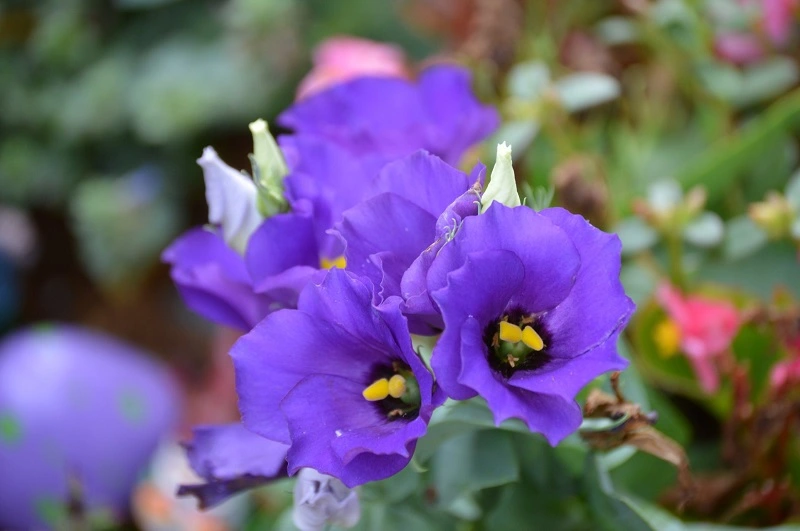
Potted lisianthus – the most popular form
Depending on the region, lisianthus can be grown in two ways. Putting the plant in the ground, e.g., in flowerbeds is one of them. Another – much more popular method involves growing lisianthus as a potted plant.
As for the latter method, the plant is kept indoors, or – if the temperature allows it, outside in the garden, on the balcony or the patio, depending on available free space.
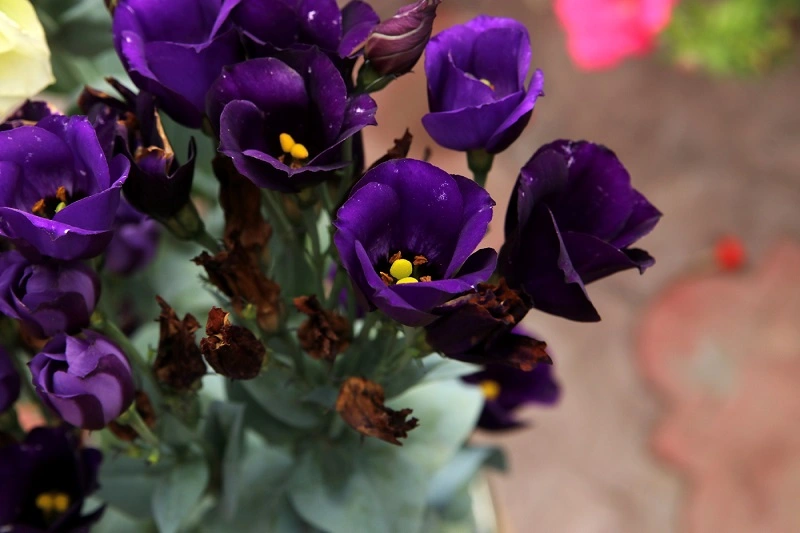
Lisianthus – noteworthy cultivars
There are different varieties of lisianthus available. Thanks to this, every gardener can find the perfect type for themselves. Dwarf variants are particularly popular. Multicolored specimens look quite interesting as well.
The most commonly picked lisianthus varieties for homes and gardens include:
- lisianthus ‘Carmen’
- lisianthus ‘Super Magic’
- lisianthus ‘Corelli’
- lisianthus ‘Rosanne’
- lisianthus ‘Russell’
- lisianthus ‘Echo’
- lisianthus ‘Alissa’
- lisianthus ‘Pics’
- lisianthus ‘Queen’
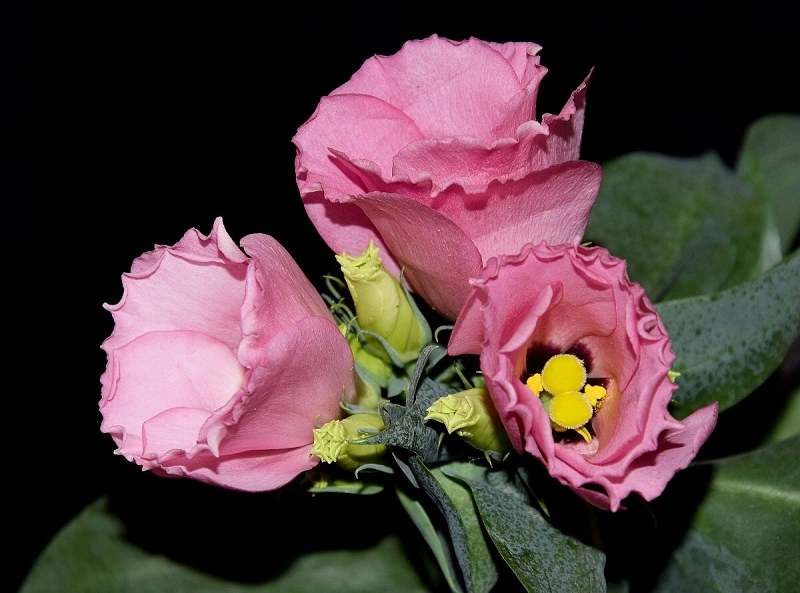
Lisianthus – not just a garden decoration
Lisianthus is popular not only because it looks beautiful in gardens, on balconies and patios. It’s also a common element of bouquets, especially wedding ones. It’s highly universal, and its appearance matches nearly every style planned for the party.
Is lisianthus vulnerable to diseases and pests?
Lisianthus is not very delicate, although it might be vulnerable to certain viral diseases. If you overwater the soil, grey mold might also appear.
Different types of pests are a much bigger threat to eustoma plant. The most significant ones include:
Careful observation of the plant is highly important. If your lisianthus looks weak, it probably means it has been attacked. If so, home remedies are worth a try. But if they aren’t working, you need to use special chemical sprays.
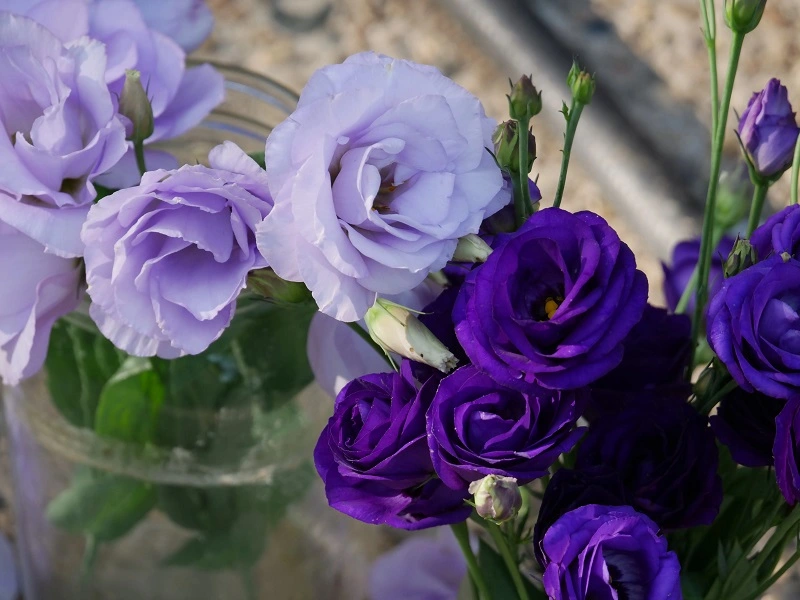
📍 Lisianthus in a pot – how to take care of the plant?
Taking care of lisianthus in a container is not difficult. First, pick the right soil and location. The potting mix should be rich, and the pot should stand in sun or half shade. Water the plant regularly, making sure the soil is always moderately moist. Feed your lisianthus every 2 weeks.
📍 Why is my lisianthus withering?
There are many possible reasons for a lisianthus withering. Fungal diseases are typical factors, so make sure to observe the plant carefully. Otherwise, the soil might be too moist or too dry. A withering lisianthus might also signify it needs nutrients.
📍 How to take care of lisianthus in the garden?
Taking care of lisianthus flowers growing directly in the ground looks just like caring for potted plants. Good soil and location are the essentials. If the weather is hot, watering is needed daily. Don't forget to use a fertilizer for blooming plants.
📍 When does lisianthus bloom?
Lisianthus is a plant blooming during the last weeks of spring and at the beginning of summer. A lot depends on the conditions it has and the temperature. It's an annual, so it can be removed after it stops blooming.
Featured articles




